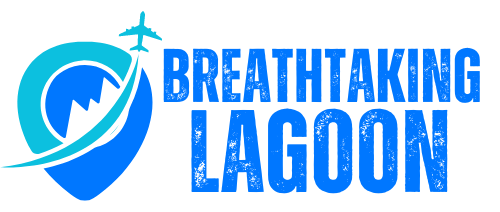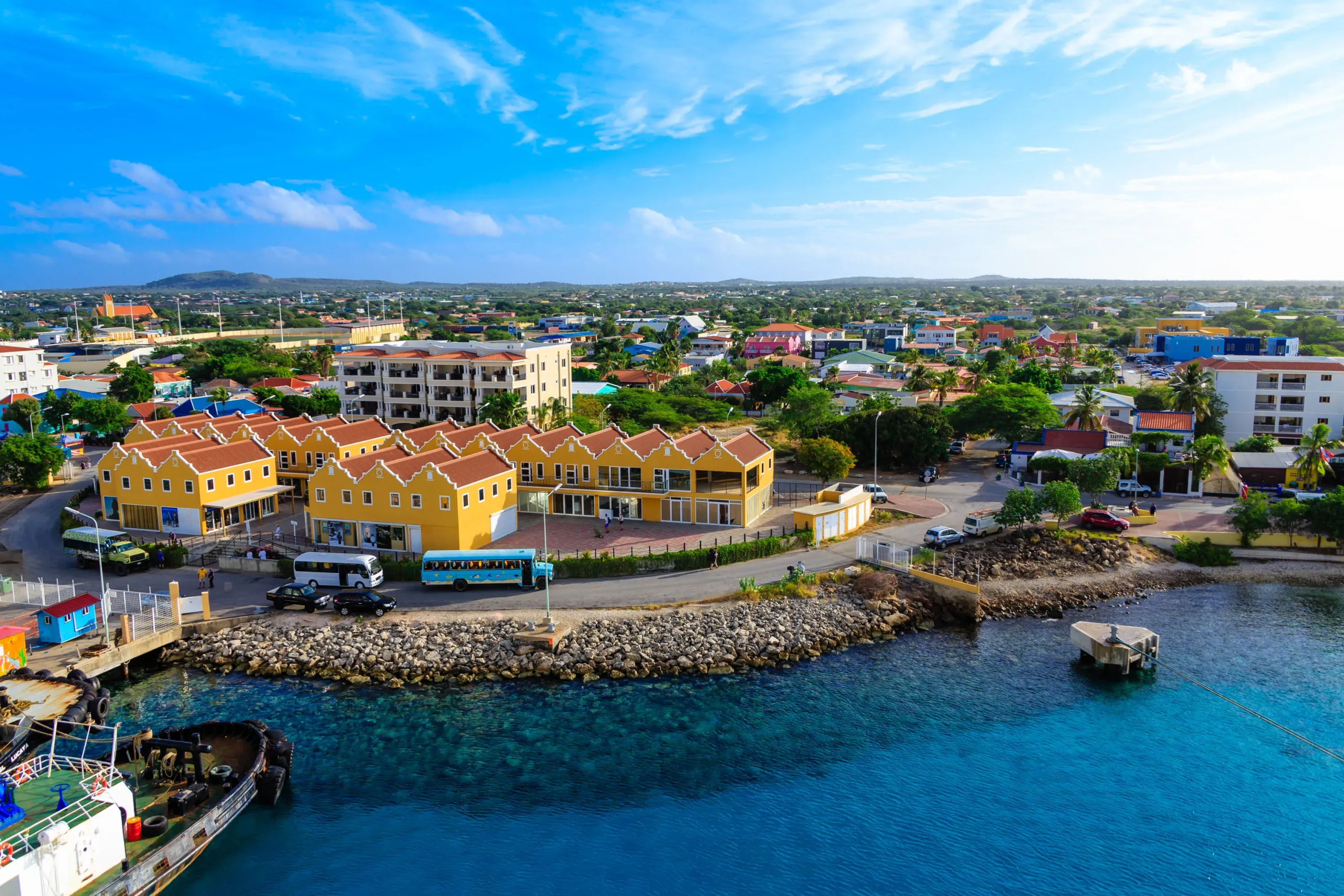Learn from the pros with travel tips and tricks that make getting from here to there a breeze. Travel smarter one email at a time.
Learn from the pros with travel tips and tricks that make getting from here to there a breeze. Travel smarter one email at a time.
Editor’s Note: This story is sponsored by Easy Car Rental Bonaire .
While your friends are stuck in traffic jams circling Aruba’s crowded hotel strip or fighting for beach chairs in Turks and Caicos, you could be cruising past pink flamingos and wild donkeys on an empty coastal road, where the biggest decision is whether to stop at the next deserted beach or keep driving to see what’s around the bend.
Welcome to Bonaire, the Caribbean island that somehow escaped the tourism industrial complex. This Dutch Caribbean territory, sitting just 50 miles off Venezuela’s coast, is what happens when you combine stunning natural beauty with refreshingly limited development. There are no stoplights here, not even one. The island spans roughly 111 square miles, yet you’ll find more dive sites (over 85) than high-rise hotels (practically zero). And unlike most Caribbean destinations, where you’re corralled into resort compounds or tourist zones, Bonaire practically demands you rent a car and go exploring.
The island’s geography makes it perfect for road tripping. You can drive the entire coastal loop in about four hours, though you’d be missing the point if you rushed it. The real magic lies in the freedom to pull over whenever something catches your eye: a hidden beach, a salt pan filled with flamingos, or one of those famous dive sites where you can park right at the water’s edge.
Start your morning early and head south from Kralendijk along the coast, where the landscape transforms into something straight out of a sci-fi film. Your first stop is the Pekelmeer Flamingo Sanctuary, where thousands of Caribbean flamingos wade through shallow salt flats. Bring binoculars for the best views from the roadside viewing areas. Continue past the massive white salt pyramids at the solar salt facility (perfect for photos) to the island’s southern tip and the Willemstoren Lighthouse, Bonaire’s oldest, perched dramatically above limestone cliffs.
Loop back north via the inland route to Lac Bay on the eastern shore for lunch. Grab fresh fish from one of the food trucks parked near this gorgeous turquoise lagoon surrounded by mangroves. It’s a windsurfing hotspot, but even landlubbers will appreciate the calm, protected beach.
After lunch, head north to Washington Slagbaai National Park (entry fee $40, high-clearance vehicle required). Take the shorter 15-mile route through the park’s wild interior, featuring cacti forests, volcanic hills, and a dramatic coastline. Don’t miss Playa Chikitu’s pristine white sand (admire it from the shore, as dangerous undertows and riptides make this a forbidden area for swimming), the Suplado blowhole shooting water 30 feet high, and Boca Slagbaai, Bonaire’s largest beach, with safe swimming and snorkeling.
Public transportation on Bonaire is functionally nonexistent. Minibuses run sporadically during the day with no fixed schedule, and taxis are expensive and hard to find. Renting a vehicle isn’t optional; it’s your ticket to actually experiencing the island.
Most visitors opt for pickup trucks, which offer the ground clearance needed for rough roads, space for dive gear (this is a dive-centric island, after all), and that certain freedom that comes with throwing beach chairs and coolers in the back. Compact cars work fine if you’re sticking to paved roads and skipping Washington Slagbaai, but you’ll miss some of the island’s best features.
If you want a newer vehicle with comprehensive insurance options, Pickup Huren Bonaire delivers exactly what the name promises. The company offers everything from compact cars to pickup trucks, all well-maintained and equipped for island conditions.
Their standout feature is the comprehensive insurance option, which includes zero deductible, no deposit required, theft insurance, all-risk coverage for damages, and no charges for flat tires.
The company also offers genuinely useful add-ons that make sense for Bonaire specifically: coolers, snorkel sets, portable showers, and beach chairs can be waiting in your vehicle at pickup. Pickups and drop-offs can be arranged at your hotel for a small extra fee.
For a local operation offering premium vehicles and insider knowledge, Easy Car Rental Bonaire strikes the perfect balance between quality and value. Run by Bonaire locals, they stock only vehicles under five years old from major brands, including Toyota, Kia, Ford, and Suzuki.
Their “Easy Protect” insurance mirrors Pickup Huren’s full coverage: 100% protection, no deductible, and no deposit required.
What sets them apart is the genuine local expertise. These aren’t just car rental agents—they’re islanders who can point you toward hidden beaches, recommend which restaurants locals actually eat at, and explain which roads to avoid after heavy rain.
The company offers free pickup from anywhere on the island for rentals of three days or longer, with convenient locations at both the airport and in Kralendijk.
Start the booking process early. Bonaire’s car rental market is small, and the best vehicles, particularly 4x4s and pickups, tend to sell out quickly during peak season (December through April). Reserve at least a month in advance, longer during holidays.
Choose full insurance. The roads will test your vehicle, wildlife can appear suddenly, and accidents happen. The relatively small extra cost for comprehensive coverage eliminates stress and financial risk. Make sure you understand whether the policy covers off-road driving in the national park.
There are only four gas stations on Bonaire, but that’s not a problem as the island is small and you’re never far from an opportunity to fill up. However, when you do, expect to wait – typically between 15 and 20 minutes – so leave extra time if heading to the airport. Speaking of the airport the Bonaco Station is conveniently located next to the rental car facility so fueling up for your adventure or topping off before returning the vehicle is a breeze.
Consider manual versus automatic transmission. Manual transmissions are standard in most international markets, and many rental vehicles in Bonaire are equipped with them. If you can’t drive a stick shift, verify that you’re getting an automatic when booking. Don’t wait until pickup to discover the only vehicles left are manual.
Review the vehicle carefully at pickup. Walk around with your rental agent and document any existing damage with photos, including scratches, dents, and chips on the windshield. The “already noted” items should be recorded in your contract. This protects you from charges for pre-existing damage when you return the vehicle.
Learn from the pros with travel tips and tricks that make getting from here to there a breeze. Travel smarter one email at a time.
SmarterTravel’s experts guide travelers with unbiased information on the best deals, destinations, and money-saving tips. SmarterTravel is part of Smarter Travel Media LLC.
Travel’s Articles
Company
Legal
© 2025 Smarter Travel Media LLC. All rights reserved.
We hand-pick everything we recommend and select items through testing and reviews. Some products are sent to us free of charge with no incentive to offer a favorable review. We offer our unbiased opinions and do not accept compensation to review products. All items are in stock and prices are accurate at the time of publication. If you buy something through our links, we may earn a commission.




